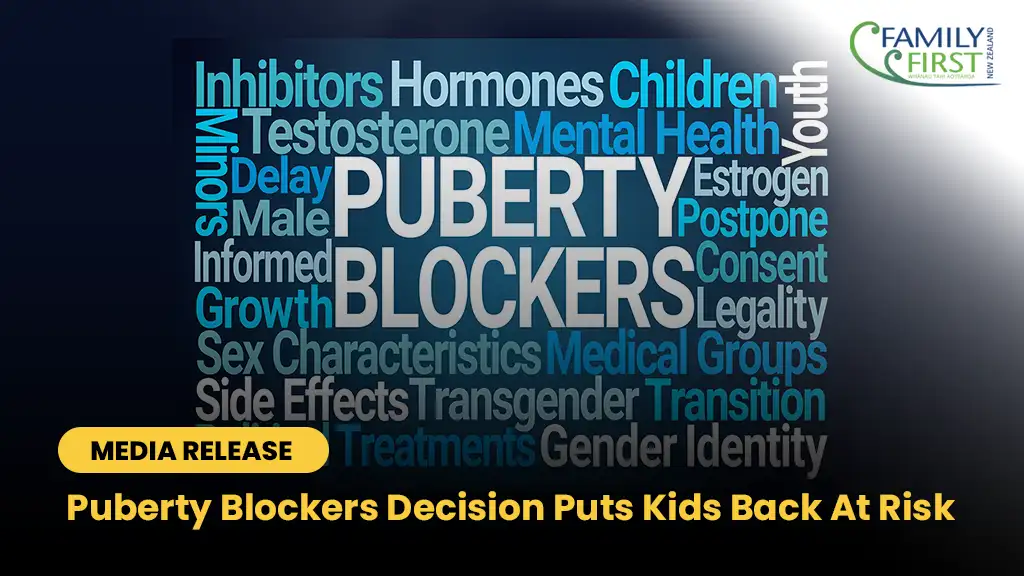MEDIA RELEASE
19 February 2024
Family First NZ warns that the declining fertility rate should be of significant concern to our Government.
According to statistics just released, the total fertility rate for 2023 was 1.56 births per woman, down from 1.66 in 2022 – the lowest on record. New Zealand’s fertility rate continues to be at an all-time low, well below the population replacement level of 2.1 required.
The fertility rate should be sounding alarm bells for politicians and policymakers in New Zealand. Lindsay Mitchell, author of Family First’s report “Families: Ever Fewer or No Children, How Worried Should We Be?“ says “Without population replacement or growth, economies decline. A nation’s strength lies in its young: their energy, innovation, risk-taking and entrepreneurship.”
Researchers at the University of Washington’s Institute for Health Metrics and Evaluation, published in the Lancet in 2020, predict that the worldwide fertility rate will fall below 1.7 by 2100. 183 out of 195 countries are predicted to have a fertility rate below the replacement level.
With a declining fertility rate comes a reliance on migration to provide for an aging population – but all countries around the world will be competing for that migration, because most countries are facing the same dilemma.
We need a younger population to provide a workforce for economic growth. An aging population will also place a burden on the economy through increasing health care, aged care, and other fiscal costs such as the government pension.
Whether the solution is financial incentives for families including tax breaks & home ownership support, enhanced maternity and paternity leave, free childcare, employment rights, or simply migration through open borders, New Zealand needs to be having this discussion.




